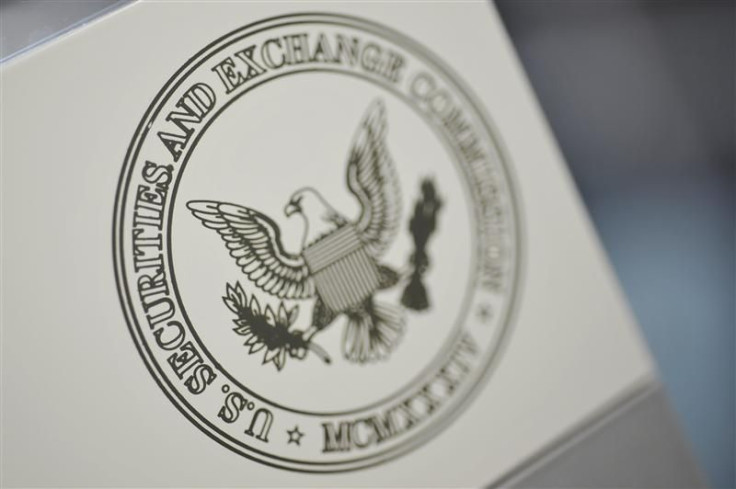SEC Weighs 2 Money Market Fund Proposals

(Reuters) -- The chairman of the Securities and Exchange Commission is eyeing two potential plans to bolster the stability of money market funds, but their fate remains uncertain due to internal disagreement at the SEC over the need for more regulations.
Last month, agency staff circulated early drafts for either a capital buffer or a floating fund valuation, both aimed at preventing runs on money market funds and investor losses in the $2.6 trillion industry, people familiar with the matter said.
Regulators began to focus on new rules for the money market fund industry after the Reserve Primary Fund "broke the buck" in 2008, at the height of the financial crisis, when its net asset value below the $1 mark.
In 2010, the SEC adopted a series of new rules in response to that event, including tightening credit quality standards, shortening the maturities of fund investments and imposing a new liquidity requirement.
The industry and several SEC commissioners have questioned whether any further changes are required.
One of the new plans, favored by some SEC staff and banking regulators, would consist of both a capital buffer requirement and a 30-day hold-back on redemption requests by investors.
Under that proposal, funds would need to maintain a 1 percent capital cushion and they would hold back 3 percent of investor funds for 30 days after a redemption request.
The alternative plan calls for a floating net asset value to help curb investor complacency over the stable $1-per-share value that funds currently quote.
The concepts were first discussed by SEC Chairman Mary Schapiro in a major speech to the brokerage industry last November.
The Wall Street Journal reported on Tuesday that the SEC would unveil the plans in the coming weeks.
SEC staff are hoping to put both plans out for public comment, but would anticipate only adopting one of the two proposals, people with knowledge of the matter told Reuters. The goal is to unveil them sometime in the spring.
Schapiro, the Federal Reserve and other members of the Financial Stability Oversight Council, have argued that more changes are needed to prevent a run on money market funds.
"The Chairman has long called for reform of money market funds to avoid the destabilizing events that occurred following the breaking of the buck of the Reserve Primary Fund in 2008," SEC spokesman John Nester said on Tuesday.
"As a first step of reform, the SEC adopted meaningful measures to increase the resiliency of money market funds by shortening their maturities and enhancing their liquidity. As a second step, the Chairman is advocating structural reforms to money market funds to address their susceptibility to runs and provide a buffer against losses," Nester said.
To put these latest proposed reforms out for comment, the SEC needs approval from at least three of the five commissioners.
But three commissioners have expressed some doubts about the need for more reforms, with at least some of them unlikely to even agree to propose a rule, let alone vote to implement one, one person familiar with their thinking said.
Part of their concern stems from the fact that the SEC already acted to put new rules on the books in 2010 and that the latest proposals might harm the industry.
"As far as I know, these issues were fully vetted in 2010," said Dan Gallagher, the SEC's newest commissioner, in an interview with Reuters last week. "There has to be data that shows the need to act in this space or data that shows that you don't. But I just haven't seen that yet."
Money market fund executives have said the proposals could drive investors out of money funds and into bank accounts and reduce a key source of credit for U.S. businesses.
Fidelity Investments has warned regulators that more than half of its money-fund clients would move some or all of their assets out of the investments if the net asset value of the funds were allowed to fluctuate.
The U.S. Chamber of Commerce is due to host a discussion on money market reforms on Wednesday.
(Reporting by Sarah N. Lynch; Editing by Tim Dobbyn)
© Copyright Thomson Reuters 2024. All rights reserved.





















